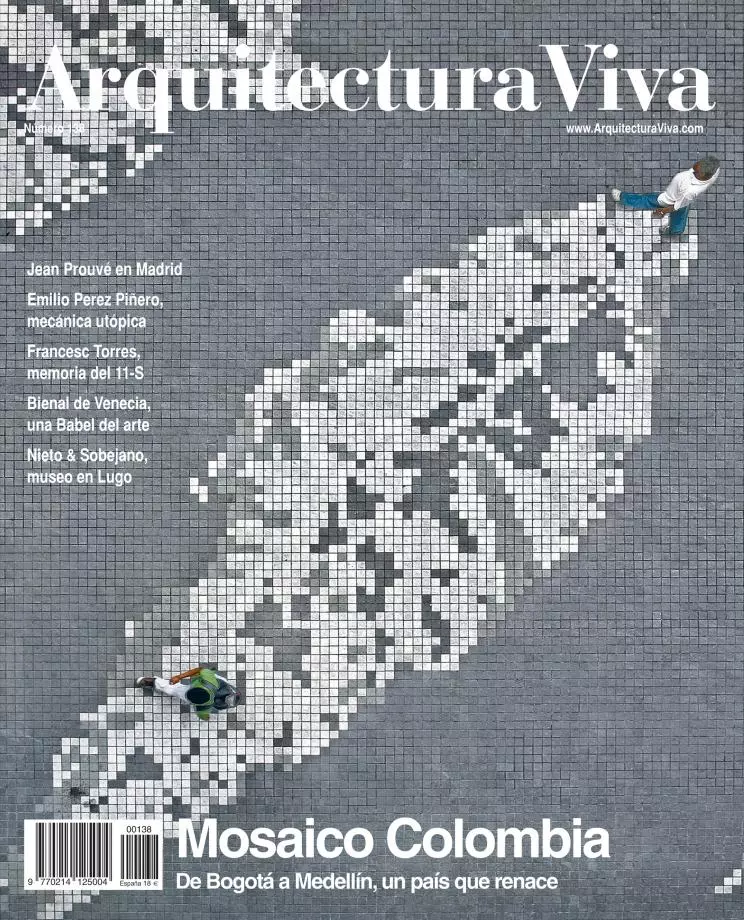
The transformation of Colombia is both inspiring and convincing. After a somber era marked by guerrillas, paramilitaries and narcoterrorism, the last decade has delivered a new country, and with it an architecture of stimulating liveliness. Everything is excessive in the cradle of García Márquez and Botero, and excessive is also its dizzying transition from the news pages to the culture sections, driven by the presidency of Uribe, but also by exemplary mayors like Sergio Fajardo in Medellín, a city that has become a symbol of this rebirth. Barely twenty years ago, the capital of Antioquia was associated above all to Pablo Escobar and his drug cartel, and those of us who visited the country then thought that the most genuine voice of that place and that time was paradoxically the exiled Fernando Vallejo, whom from Mexico – like Álvaro Mutis, who for very different reasons also sought residence there – praised his ‘mala patria’ (bad country) with his musical, resentful and unmistakable prose. But today Medellín has moved, as its charismatic mayor wanted, ‘from fear to hope’, and works such as the Metrocable, the cultural facilities or the sports complex for the South American Games are at once instruments for social change and symbols of its strength: “the most educated”, as the wishful motto of the mayor read, has also been the most praised for its architecture.
This current boom does not start from scratch, because Colombia can take pride on a very rich and stratified building culture that favors continuity over rhetoric ruptures or generational disagreements, sometimes too present in its architectural debate. The great shadow of the late Rogelio Salmona still falls upon the professional scene of Bogotá and the rest of the country, and even those who claim to be immune to his influence have also watered – like Le Corbusier’s disciple – in the fountains of the European avant-garde, in the end sharing the same receptive spirit to the ideas and forms of their time. Close to Spain for many reasons, from the colonial roots to the contemporary popularity of singers like Carlos Vives, Juanes or Shakira, the Colombia of coffee, emeralds and flowers is now also the Colombia of architecture, and in the 2010 presidential elections we followed closely the campaign of the mayors of Bogotá and Medellín, both mathematicians and both with a fine record of promoting urban projects as tools for civic renewal. Fifty years ago Medellín witnessed the emergence of a nihilist literary movement, inspired by Existentialism and Dadaism, which received the eloquent name of ‘nadaísmo’ (nothing-ism); the generous ambition of today’s Colombia has celebrated the anniversary establishing the ‘todoísmo’ (everything-ism) in Bucaramanga.





